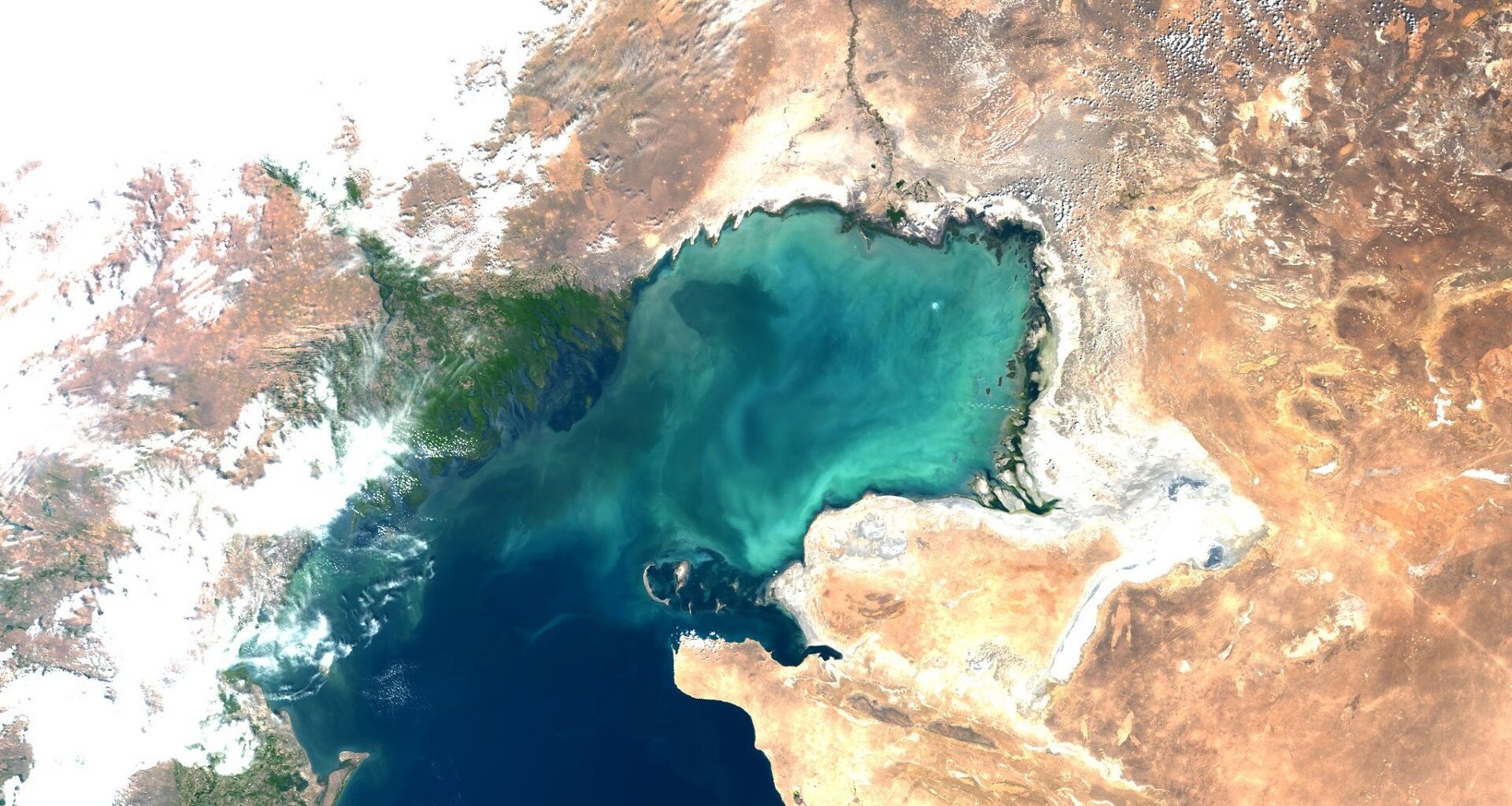With its roots in the Baveno Manifesto in 1998, and further crystallised in a 2014 European Union (EU) Regulation, the Copernicus Programme is the world’s largest Earth observation programme.
“The idea of Copernicus, initially called the Global Monitoring for Environment and Security (GMES), started at a meeting Baveno, Italy, in 1998 by the European Space Agency (ESA), EUMETSAT, the European Commission and Europe’s national space agencies,” said Lieven Bydekerke EUMETSAT’s Copernicus Programme Manager. “Shortly after, Europe looked to Copernicus to define six families of Sentinel satellites.”
In addition to Copernicus Sentinel-1 and Sentinel-2, which became the responsibility of ESA, two ocean-monitoring and two atmospheric-monitoring missions were established, for which EUMETSAT was entrusted to share responsibility with other partner agencies.
“In a way, Envisat gave birth to Sentinel-3, which provide ocean observations, including sea surface temperature and ocean colour, as well as some products that help with detecting fires,” he said.
Hurricane Dorian as captured by the Ocean and Land Colour Instrument on board the Copernicus Sentinel-3 satellite in August 2019
Credit: Copernicus, European Commission
“Then Copernicus identified the need for atmospheric measurements including those used to assess air quality and trace gas concentrations and so on. Together with European Commission and ESA, EUMETSAT worked with its member states to define instruments that specifically look at air quality and trace gases in the atmosphere and actually put them on EUMETSAT satellites. This became the Sentinel-4 and -5 missions, the former in geostationary orbit, the latter in polar orbit.”
In addition, EUMETSAT collaborates with the European Commission, ESA, the National Aeronautics and Space Administration (NASA), and the National Oceanic and Atmospheric Administration (NOAA) on Copernicus Sentinel-6, an ocean-monitoring mission that measures global sea level rise, significant wave height, and wind at the ocean surface.
